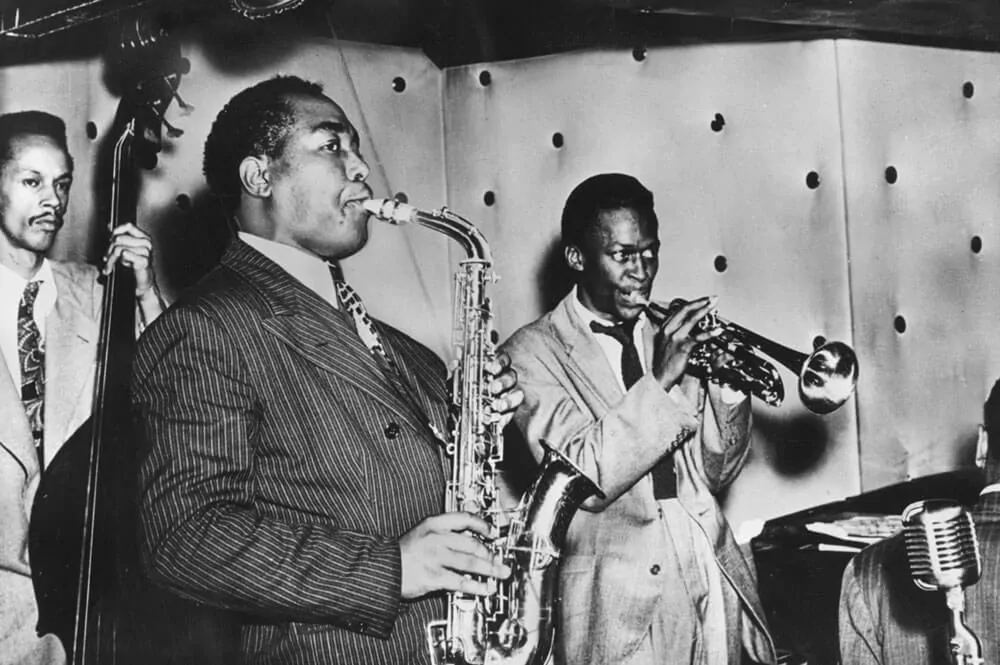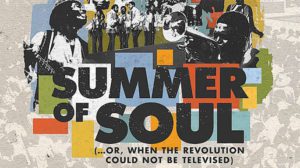Jazz In the Fourties
by Kayla Ary

Jazz originated in the late-19th, early 20th century, but it was not until the 20’s that it began to become popular as a form of entertainment among large groups of people. It was a genre that appealed to both white and black people. By the 40s, the genre of jazz had developed significantly and subgenres created. The 1940s was a period marked by several significant events, some of them being in music. During World War II, people were looking for ways to take their minds off the turmoil. Swing and Big Band dominated the music entertainment scene, smaller ensembles – such as quartets and quintets – were popular, and women dominated the jazz scene while men were off at war. Artists like Billie Holiday and Ella Fitzgerald – both early jazz singers – continued to develop their styles and became more popular in the jazz industry while a new style emerged – bebop.
Bebop put a modern spin on the jazz genre to make it more “danceable” by creating a new way of playing lines and combining jazz with swing. Bebop tunes would contain a main theme and new, complex melodies over that main theme. Characteristics of bebop included faster tempos, experimentation, improvisation, and increased reliance on rhythm.
Bebop artists all had different singing and musical styles. Charlie Parker and Dizzy Gillespie led the new genre. Parker’s rhythmic variation and new approach to pyrotechnics and Gillespie’s showmanship proved a great combination for this emerging genre. Theolonious Monk was also a face of the genre with his rhythmic but swingy blues bass.
The 1940’s was a dramatic period filled with changes in music styles and the development of new ones. This period was a lead into the next period which was filled with all types of different sounds – for example, the electric guitar was introduced as an instrument in the jazz genre.


